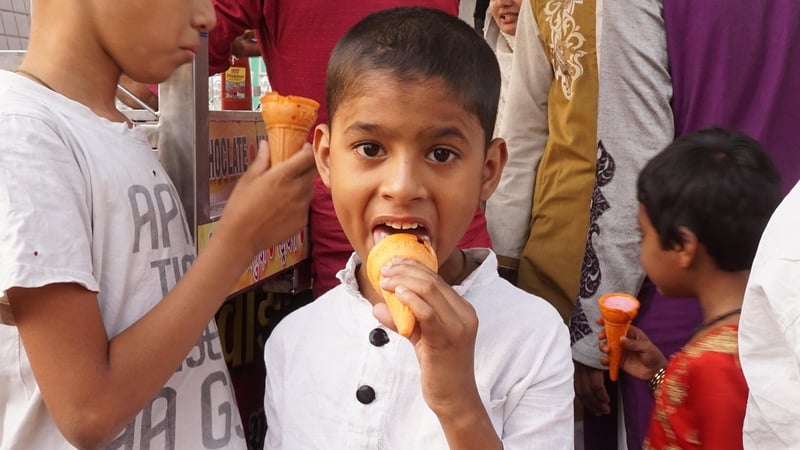Hip Hop
The Power of Expressive Movement in Hip Hop
Hip Hop culture has always been closely intertwined with expressive movement, from the energetic dance routines to the fluid body language that defines the genre. In this article, we delve into the significance of expressive movement in Hip Hop and how it serves as a powerful form of artistic expression.
The Origins of Hip Hop Dance
Hip Hop dance emerged in the 1970s in the streets of New York City, as a form of self-expression for marginalized communities. It was a way to channel emotions, tell stories, and showcase individuality through movement. From breakdancing to popping and locking, Hip Hop dance styles have evolved over the years, but the essence of creativity and authenticity remains at the core.
Embracing Individuality
One of the key aspects of expressive movement in Hip Hop is its celebration of individuality. Dancers are encouraged to bring their unique style and personality to the dance floor, allowing for a diverse range of movements and interpretations. This emphasis on individual expression has made Hip Hop dance a powerful tool for self-discovery and self-empowerment.
The Language of the Body
Within the Hip Hop community, the body becomes a canvas for storytelling. Every movement, gesture, and expression conveys a message or emotion, creating a visual language that transcends words. From powerful gestures of strength to fluid movements of grace, Hip Hop dance allows dancers to communicate with their audience on a profound level.
Breaking Boundaries
Expressive movement in Hip Hop is not limited by traditional dance conventions. It challenges norms, breaks boundaries, and pushes the limits of what is considered dance. This freedom of expression has led to groundbreaking choreography, innovative styles, and a vibrant dance culture that continues to evolve and inspire.
Embracing the Rhythm
Rhythm is at the heart of Hip Hop music and dance. Dancers use rhythm as a guide, syncing their movements to the beat and creating a dynamic interplay between sound and motion. This synchronization adds depth and intensity to the performance, elevating the emotional impact of the dance.
Conclusion
Expressive movement in Hip Hop is not just about dancing; it's about storytelling, empowerment, and connection. By embracing individuality, pushing boundaries, and communicating through the language of the body, Hip Hop dance continues to captivate audiences and inspire generations of dancers worldwide.

Explore the world of expressive movement in Hip Hop and unleash your creativity on the dance floor!
For more information on Hip Hop dance styles and events, check out Hip Hop International.
